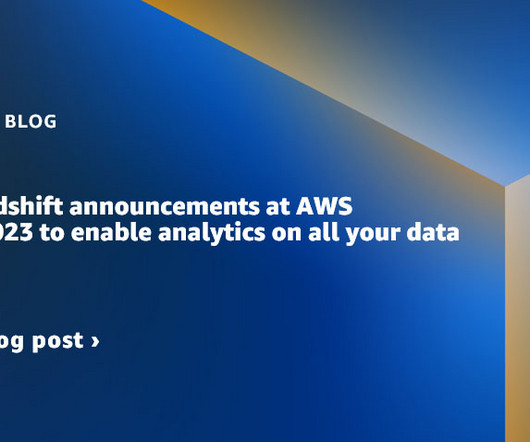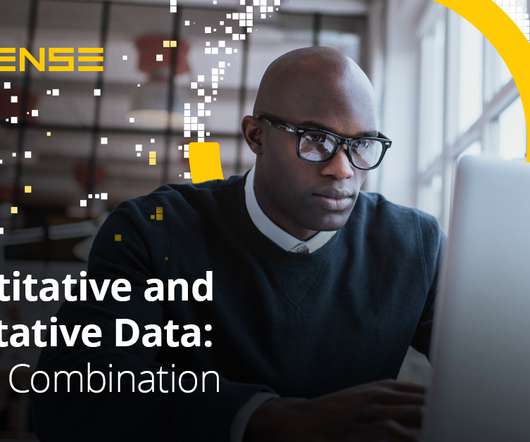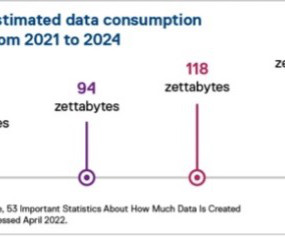What is data architecture? A framework to manage data
CIO Business Intelligence
DECEMBER 20, 2024
Beyond breaking down silos, modern data architectures need to provide interfaces that make it easy for users to consume data using tools fit for their jobs. Data must be able to freely move to and from data warehouses, data lakes, and data marts, and interfaces must make it easy for users to consume that data.


























Let's personalize your content